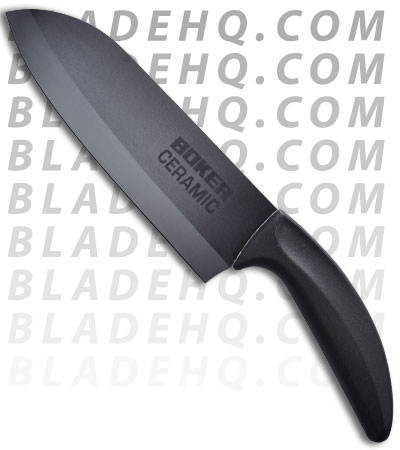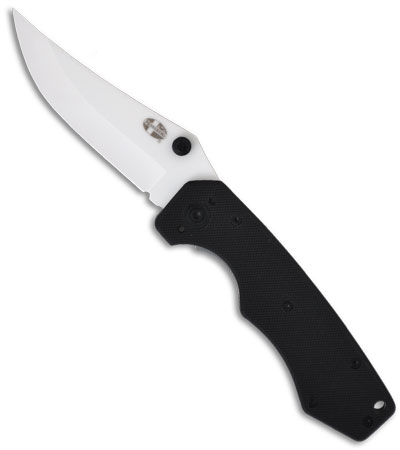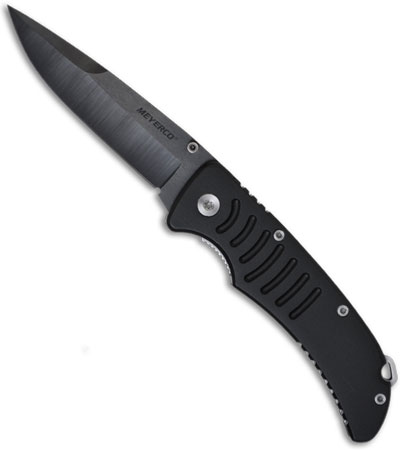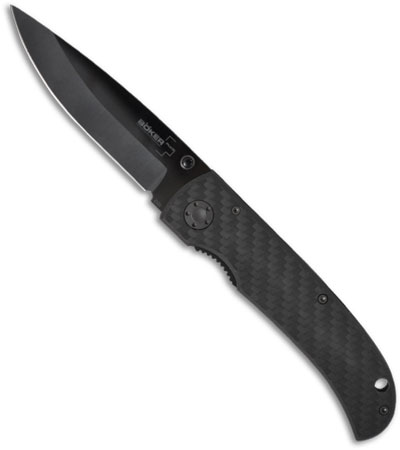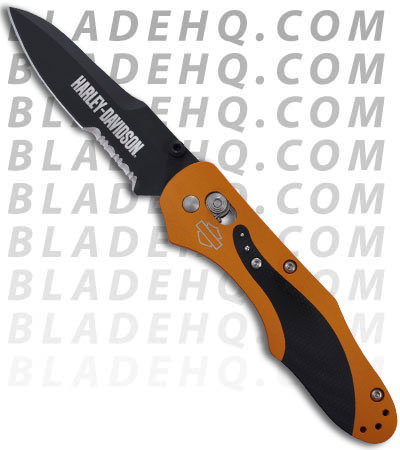Ceramic knives have a purpose in this world. If you are unsure of what purpose it holds in your life–or if it even holds a purpose–and need help deciding, below are most of the relevant properties of a ceramic blade. A ceramic knife may or may not be a good fit for you, but it’s nice to know all the facts before making that decision.
- Does not corrode in harsh environments; resistance to strong acids and caustic substances.
Ceramic is a very hard and tough substance. Zirconium Dioxide (zirconia) is often the material used to produce this hard ceramic: A blade is produced by dry pressing zirconia powder and firing them through solid-state sintering, an atomic diffusion process. The resultant blade is non-porous and hard. The molecular structure of processed zirconia makes it a non-porous material. In layman terms, it does not corrode or stain and has a resistance to strong acids and caustic substances. You can take it scuba diving or drop it in water and not have to worry about rust and corrosion. It ranks 8.5 on the Mohs Scale of Mineral Hardness compared to an average of 6.25 for hardened steel (1 for talc and 10 for diamond).
- Non-magnetic and will not conduct electricity.
Ceramic knives are not seen by conventional metal detectors. Many manufacturers include some kind of detectable metal to ensure that they are seen by standard metal detecting equipment.
- Retain their edge much longer than their metal counterparts
Ceramic blades rarely (emphasis on the rarely) need sharpening. The hardness of the ceramic allows the blade to keep its edge almost indefinitely. You get ‘everlasting’ sharpness, but you loose durability of the blade. The harder a knife, the more brittle it becomes. A softer knife needs to be sharpened more often, but it can survive misuse, abuse and a bit of hard love. Ceramic blades are very brittle. They may break when dropped on a hard surface. Cannot be used for chopping through bones or frozen foods, or in other applications which require prying, which may result in chipping or catastrophic failure. Ceramic blades a better suited to culinary uses: cutting boneless meats, vegetables and fruits.
- Easy to clean.
Due to its non-porous and rust-free like qualities, cleaning a ceramic blade is easy. Bacteria, germs and the like cannot bind to the surface of the blade, making sanitation almost hassle-free. Use warm water and a tiny bit of detergent, and gently clean the blade.
You can find ceramic knives (from folding knives to kitchen knives) for great deals at BladeHQ.com!

